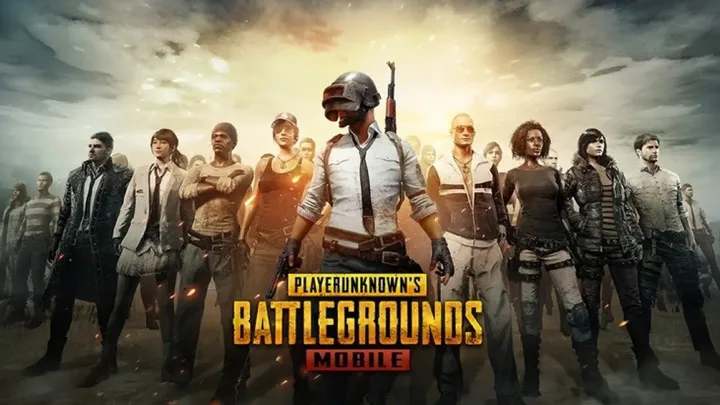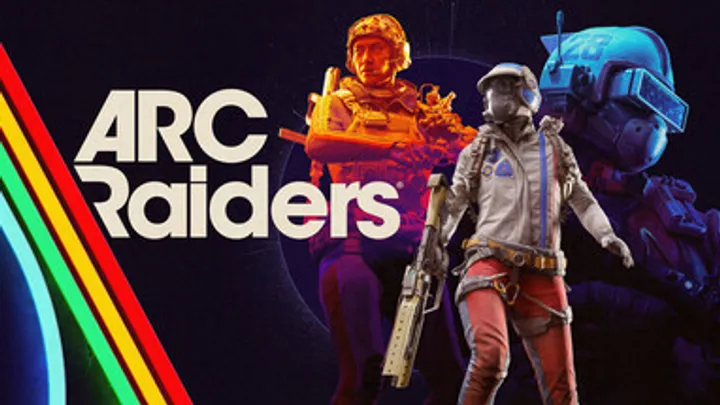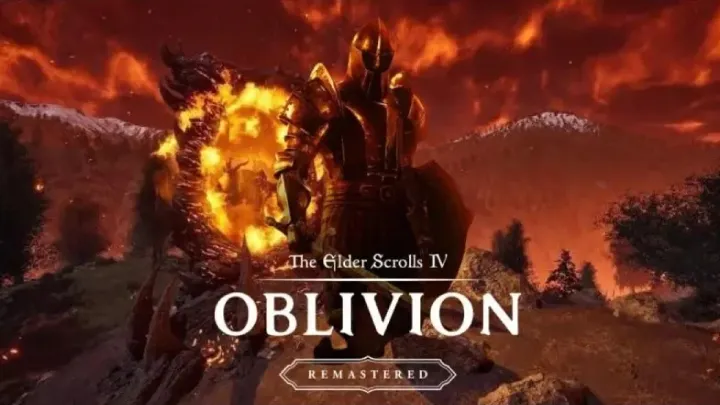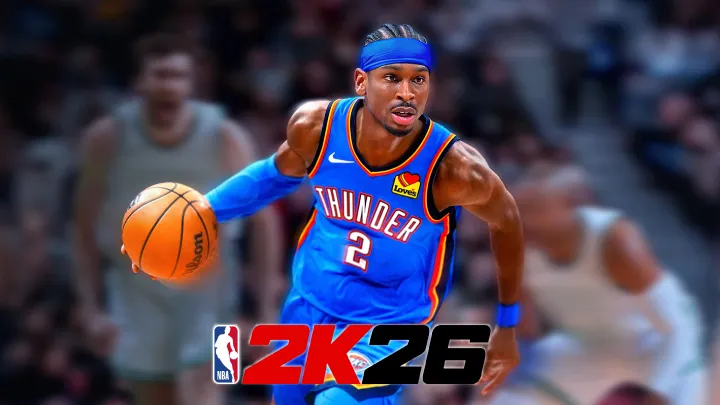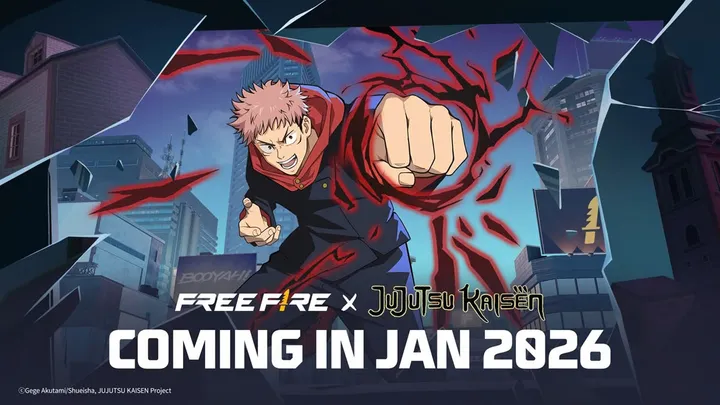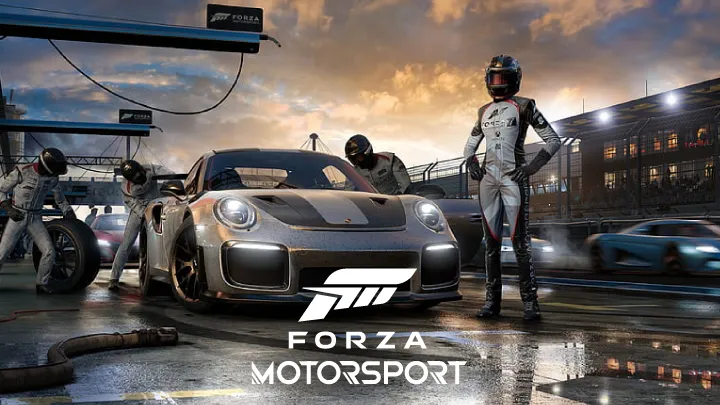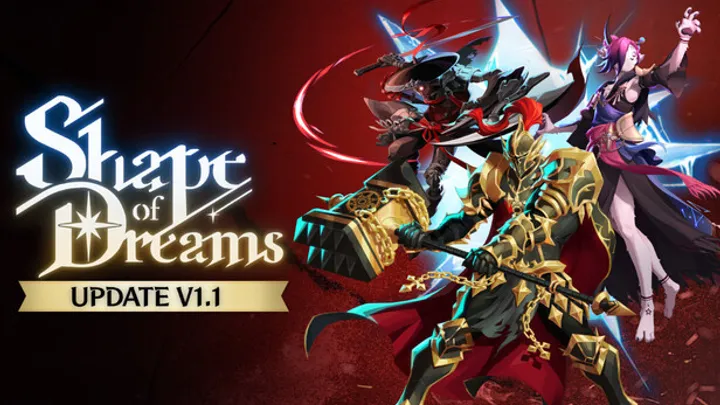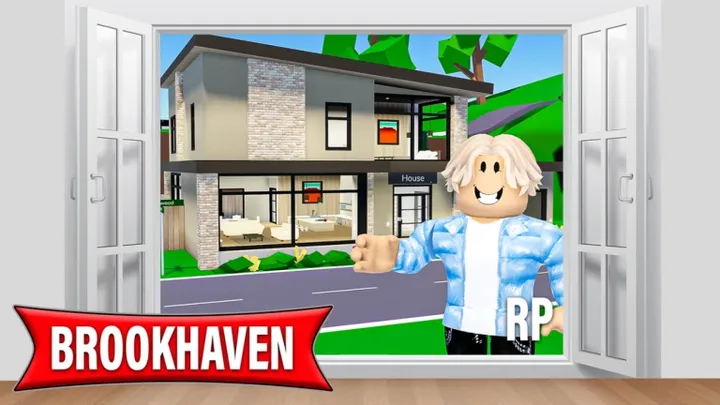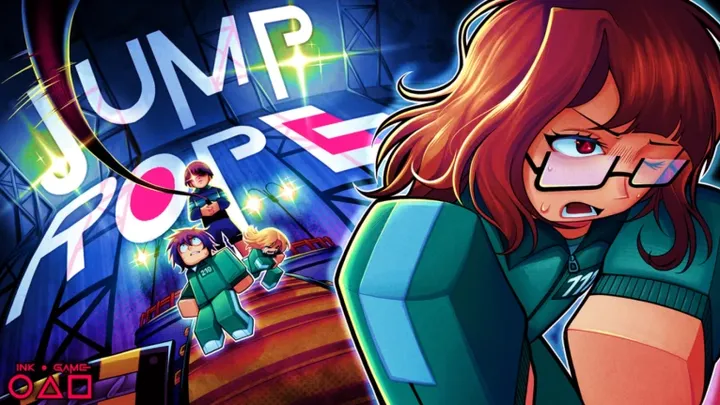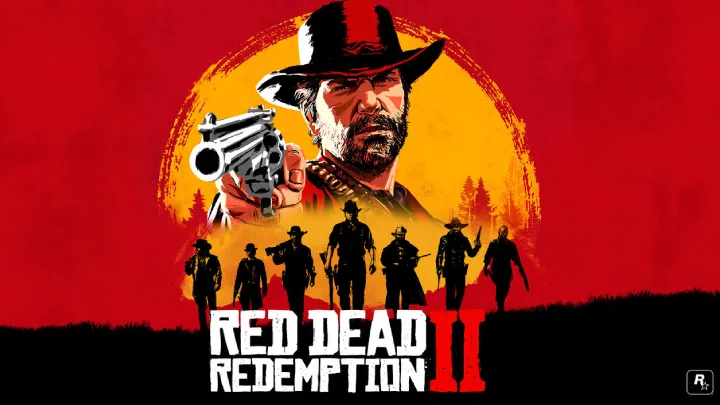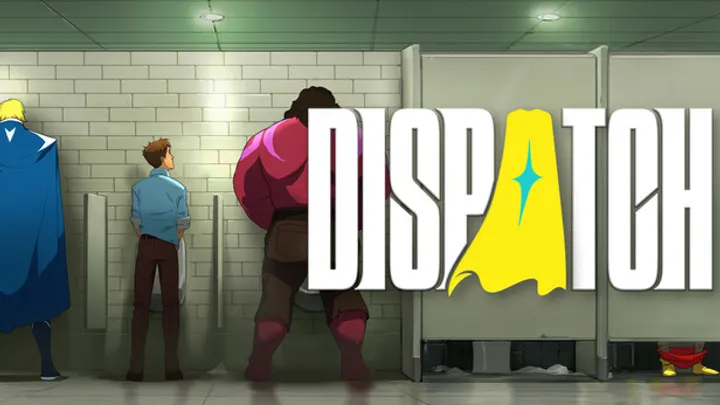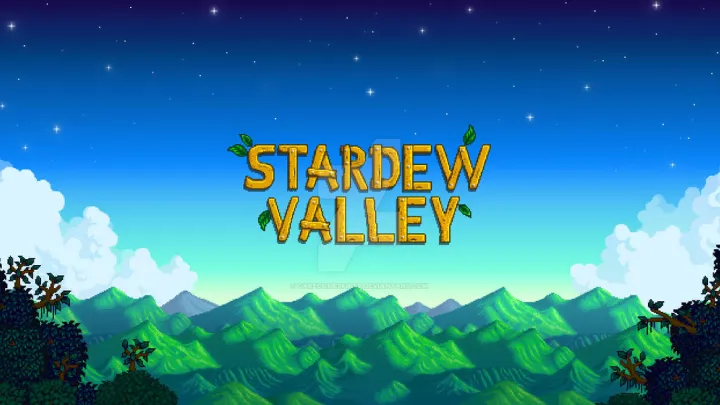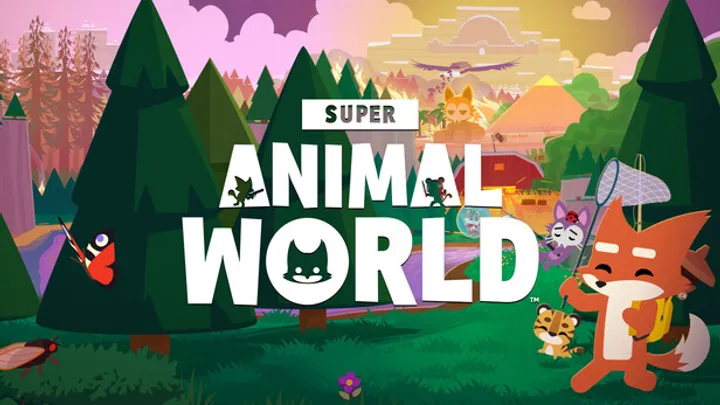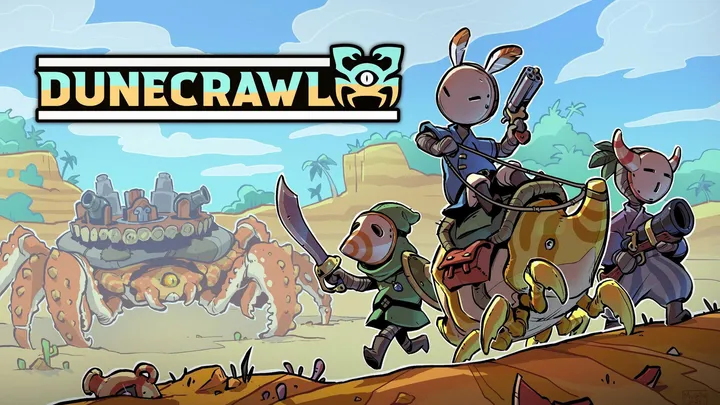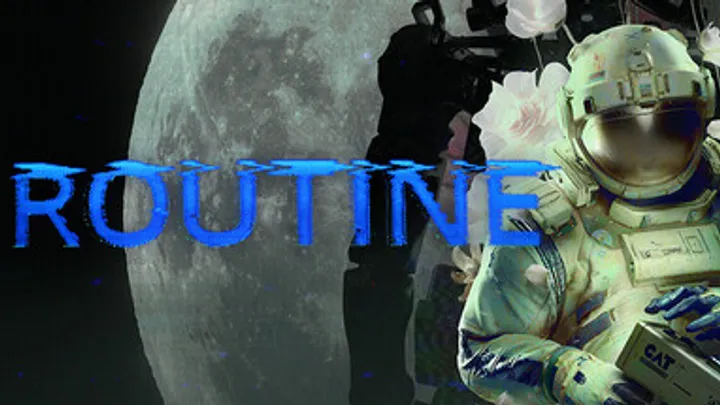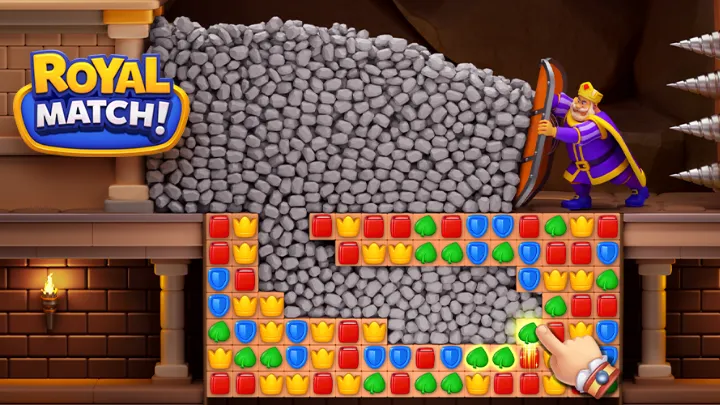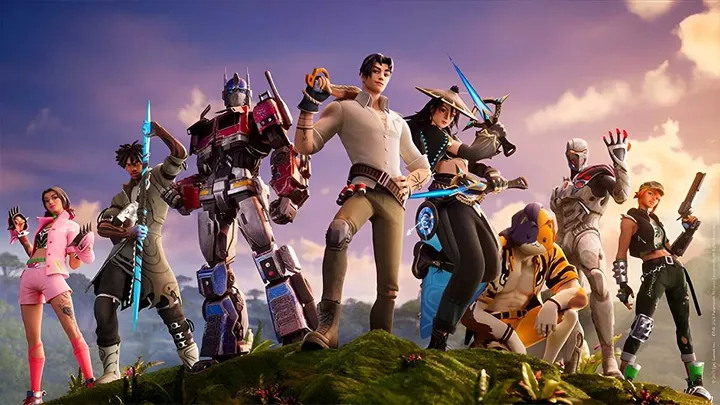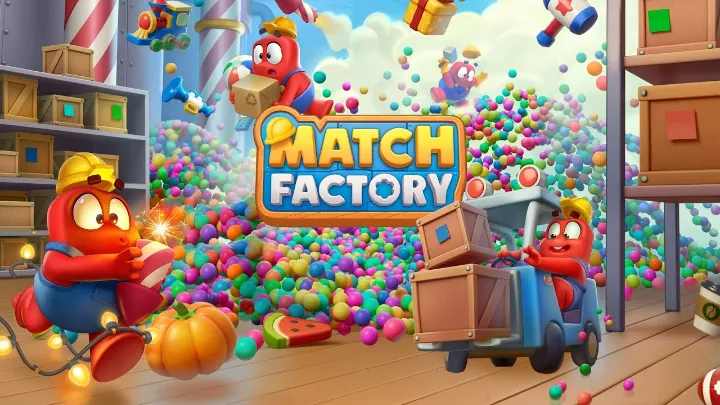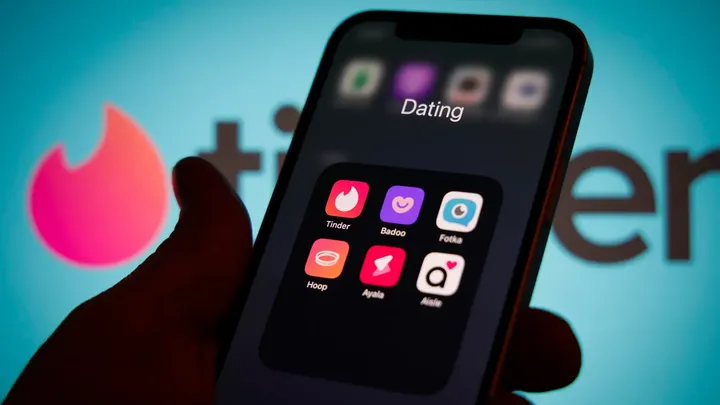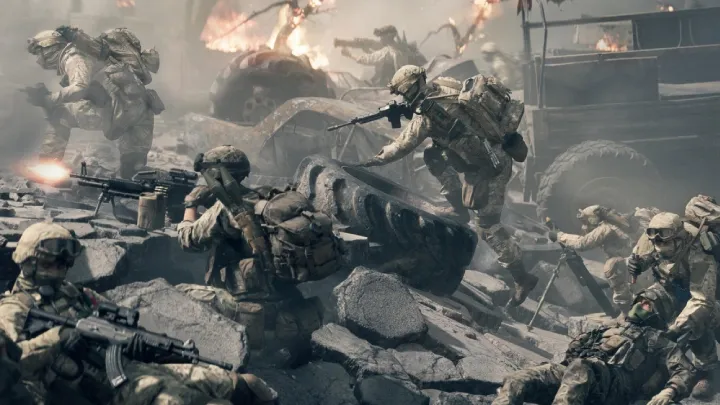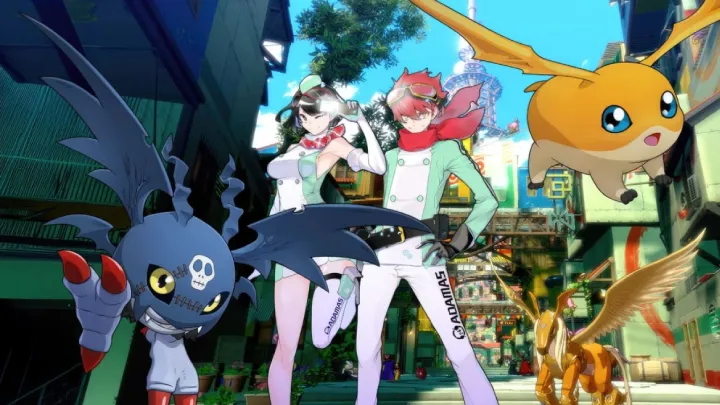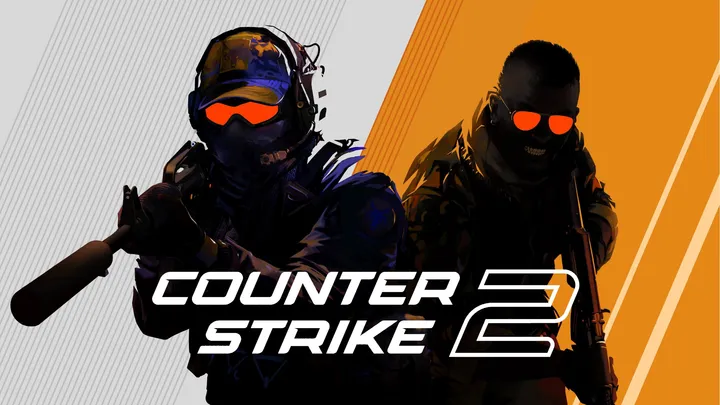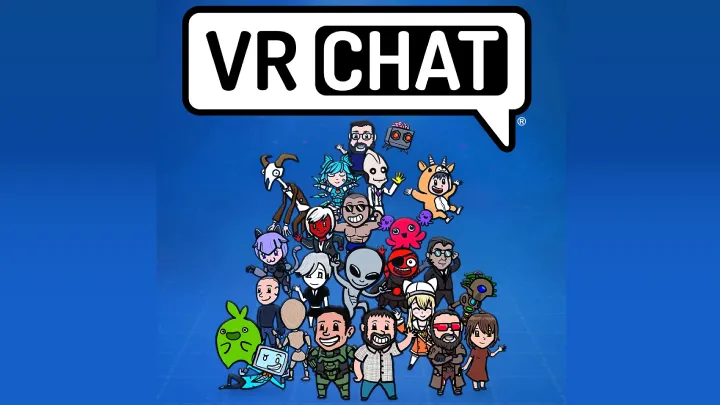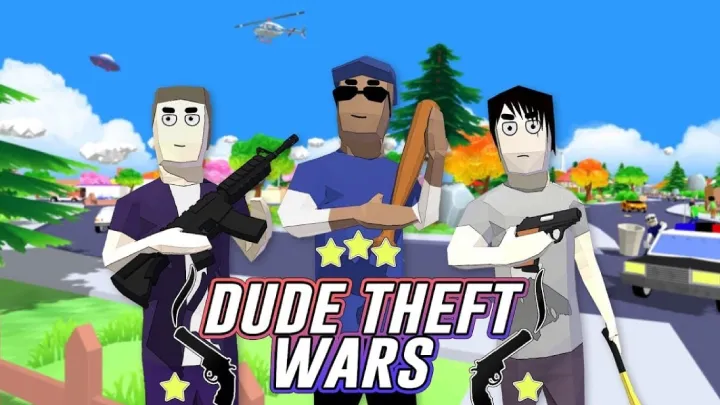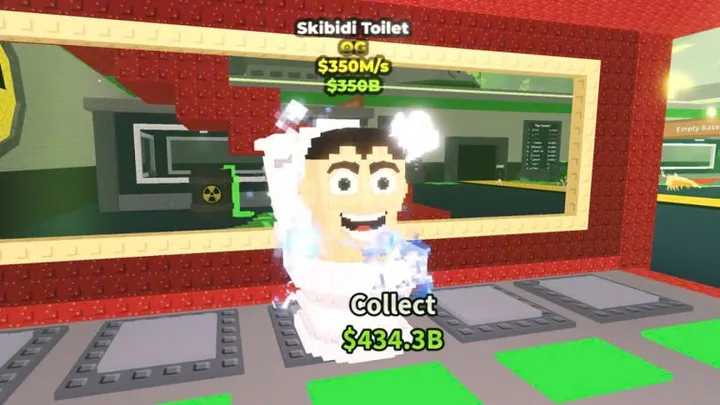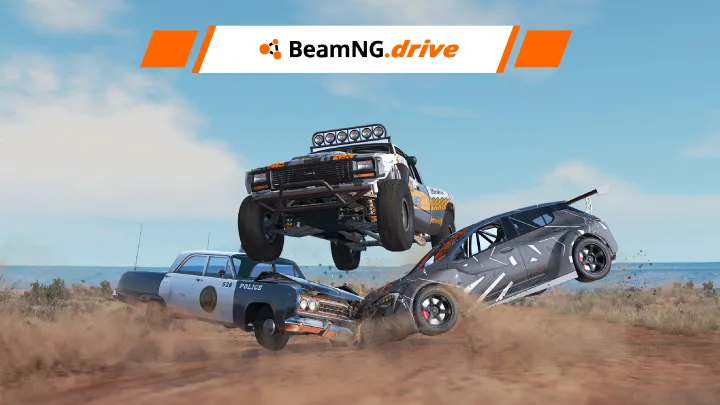Introduction
Few mobile games have shaped the mobile gaming landscape as profoundly as PUBG Mobile. Since its global release in March 2018 by Tencent Games and PUBG Corporation, it has become not just a game, but a cultural phenomenon. It’s a title that didn’t merely adapt an existing PC hit to a smaller screen — it redefined what was possible in mobile gaming, raising the bar for graphics, gameplay depth, and competitive esports potential on handheld devices.
As a games analyst, I’ve spent thousands of hours studying PUBG Mobile’s design philosophy, player retention patterns, monetization strategies, and competitive evolution. What follows is an exhaustive breakdown of why PUBG Mobileworks, where it struggles, and how it continues to innovate in one of the most cutthroat markets in the industry.
1. The Legacy and Adaptation from PC to Mobile
When PUBG (PlayerUnknown’s Battlegrounds) debuted on PC in 2017, it popularized the modern battle royale formula — drop in, gear up, survive to be the last one standing. The mobile adaptation faced enormous challenges:
- Input Redesign – On PC, precise gunplay and inventory management rely on a keyboard and mouse. Translating that to touch controls without alienating hardcore fans required intuitive UI design, customizable button layouts, and aim-assist systems that balanced accessibility with skill expression.
- Performance Constraints – The PC version could push high-end GPUs, but mobile devices have strict thermal, battery, and processing limits. Tencent’s adaptation involved scalable graphics settings, map streaming technology, and aggressive optimization to allow mid-range phones to run the game smoothly.
- Network Considerations – Mobile players are often on variable mobile data networks, so netcode optimization and packet compression were critical to delivering a fair multiplayer experience.
The result is a case study in high-quality adaptation: PUBG Mobile retained the PC version’s core mechanics while introducing unique mobile-friendly features like auto-pickup, simplified quick chat commands, and gyroscope aiming.
2. Gameplay Core: The Battle Royale Loop
At its heart, PUBG Mobile offers the same adrenaline-fueled survival loop that made the original famous:
- Drop Phase – Players parachute onto large, detailed maps with varying terrains and loot distributions.
- Loot & Equip – Weapons, armor, medical supplies, and attachments are scattered semi-randomly, creating a mix of strategic planning and improvisation.
- Engagement & Survival – Every gunfight is a high-stakes gamble; ammo scarcity and weapon recoil mastery are decisive factors.
- Circle Pressure – The shrinking safe zone forces player confrontation and adds time pressure.
- Victory or Defeat – A single surviving squad or solo player earns the coveted “Winner Winner Chicken Dinner”.
The loop is addictive because it merges strategic depth (positioning, rotation planning) with mechanical skill (aim, recoil control). The downtime between fights — looting, scouting, anticipating enemy moves — creates natural pacing and tension.
3. Maps and Environmental Design
As of 2025, PUBG Mobile offers multiple distinct maps, each demanding different strategies:
- Erangel – The original classic: balanced, versatile, a mix of open fields, urban areas, and woodland.
- Miramar – Desert terrain emphasizing long-range engagements and vehicular mobility.
- Sanhok – Compact, lush jungle map designed for fast, aggressive encounters.
- Vikendi – Snow-covered mid-sized map with unique sightline challenges.
- Livik – Exclusive to mobile; small, dynamic, designed for quick matches.
Each map benefits from mobile-optimized textures, adaptive lighting, and scalable environmental complexity to accommodate device performance.
4. Gunplay Mechanics and Combat Depth
Despite being on mobile, PUBG Mobile’s gunplay retains an impressive sense of weight and realism:
- Recoil Patterns – Every weapon has distinct recoil behavior, encouraging mastery.
- Attachment System – Scopes, grips, and magazines significantly alter handling and playstyle.
- Ballistics – Bullet drop and travel time make long-range engagements skill-based.
- Damage Model – Different hitbox multipliers for head, body, and limbs reward precision aiming.
One often overlooked detail is the audio design — directional footstep sounds, gunshot echoes, and environmental cues are finely tuned for spatial awareness, a critical skill in competitive play.
5. Control Customization and Accessibility
The game’s customizable HUD and multiple control schemes are among its strongest mobile-specific innovations. Players can:
- Move or resize buttons to fit hand size.
- Adjust sensitivity settings per weapon type and scope zoom.
- Enable or disable aim assist.
- Use gyroscope aiming for more PC-like precision.
This level of customization supports both casual players and competitive pros, and it’s a significant reason why the skill ceiling remains high despite mobile constraints.
6. Progression Systems and Player Retention
Unlike its PC counterpart, PUBG Mobile leans heavily into battle passes, seasonal events, and cosmetic monetization:
- Royale Pass – Offers tiered progression with premium rewards for paid players.
- Daily/Weekly Missions – Keeps engagement consistent.
- Limited-Time Events – Tie in with pop culture collaborations, new game modes, or thematic map changes.
- Skins & Cosmetics – While purely aesthetic, some animations and sound effects can offer subtle psychological advantages.
The balance between free and paid progression is generally fair, though whales (high-spending players) often dominate cosmetic leaderboards.
7. Monetization Strategy: A Business Analyst’s Perspective
From a monetization standpoint, PUBG Mobile is a masterclass in:
- Live Service Economics – New skins, crates, and bundles drop at a cadence designed to align with seasonal hype cycles.
- Fear of Missing Out (FOMO) – Limited-time exclusives push impulsive purchases.
- Tiered Pricing – Multiple entry points for microtransactions appeal to diverse spending capacities across regions.
- Regional Pricing – Adaptive to local economies, maximizing global revenue.
The game’s annual revenue consistently reaches billions, placing it among the top-grossing mobile games in history.
8. Competitive and Esports Scene
The PUBG Mobile esports ecosystem is massive:
- PMGC (PUBG Mobile Global Championship) – The pinnacle event, featuring the best teams worldwide.
- Regional Leagues – PMPL (Pro Leagues) across Asia, MENA, Americas, and Europe.
- Grassroots Tournaments – Supported by in-game tools and third-party platforms.
Its esports success is partly due to low barrier to entry (anyone with a phone can compete) and high spectator engagement (fast-paced matches, dramatic comebacks).
9. Technical Optimization and Device Compatibility
From budget devices to flagship smartphones, PUBG Mobile offers:
- Scalable Graphics – From smooth 30 FPS on low settings to 90/120 FPS on high-end devices.
- Thermal Management – Frame pacing adjustments to prevent overheating.
- Battery Optimization – Adjustable frame rates and resolutions.
The engineering effort here cannot be overstated — ensuring global reach requires supporting a wide spectrum of hardware.
10. Ongoing Challenges and Criticisms
Despite its dominance, PUBG Mobile faces persistent issues:
- Cheating and Hacks – A constant arms race between anti-cheat systems and cheaters.
- Pay-to-Flex Culture – Expensive cosmetics can create perceived social hierarchies.
- Game Size – The app’s large file size and frequent updates can be a barrier in data-costly regions.
- Regional Restrictions – Political and legal challenges (e.g., temporary bans in some countries) can disrupt player bases.
11. Future Outlook
Looking ahead, PUBG Mobile will likely:
- Expand cross-platform integration with PC and console ecosystems.
- Introduce more narrative-driven events to enhance lore engagement.
- Leverage AI-driven anti-cheat and matchmaking systems.
- Explore AR/VR extensions for immersive experiences.
The battle royale genre is maturing, but PUBG Mobile’s adaptability suggests it will remain a cornerstone for years to come.
Conclusion
From a professional standpoint, PUBG Mobile is more than a successful mobile port — it’s a blueprint for large-scale multiplayer experiences on handheld devices. It thrives because it balances mechanical depth with accessibility, monetization with fairness, and competitive ambition with casual fun.
It’s not without flaws, but its sustained dominance is a testament to excellent game design, strong community engagement, and relentless live-service innovation.
Final Verdict: PUBG Mobile remains a must-play for battle royale enthusiasts and a fascinating case study for game developers and analysts alike.














































